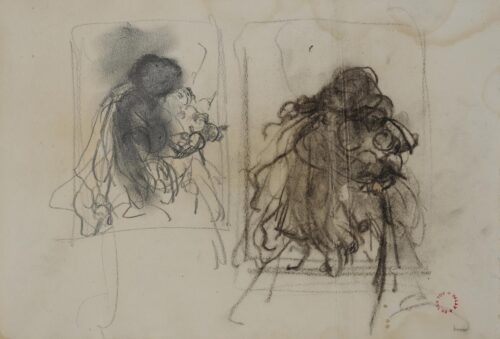
Lytras Nikephoros (1832 - 1904)
Stydy fort the Painting “Medea killing her Children“ (?)
He studied painting at the Athens School of Arts (1850-1856) taught by the brothers Philippos and Georgios Margaritis, the monk Agathangelos Triantafyllou, Raffaello Ceccoli and Ludwig Thiersch, whom he also assisted in the iconography of the Russian Church in Athens (1853-1855). In 1860 after teaching Elementary Graphics at the School of Arts for two years (1856-1858), he left for Munich where first on a scholarship from the Greek government and then with the support of Baron Simon Sinas, he completed his studies at the Academy of Fine Arts, his principal teacher being Karl von Piloty. In 1865 he returned to Athens and the following year was appointed professor of painting at the National Technical University, remaining in that position till his death. He was a close friend of Nikolaos Gyzis, with whom he visited Asia Minor in 1873, Munich in 1874, where he stayed until 1875, and Paris in 1876 while in 1879 he also travelled to Egypt.
In 1855, while still a student, he took part in the International Exhibition of Paris, in which he also participated in 1867, 1878, 1889 and 1900, winning the bronze medal at the last two while in 1873 he took part in the International Exhibition of Vienna. At the same time he was extremely active in Greece, participating in 1881 at the Melas House Exhibition, in 1888 at the Panhellenio in the Zappeion Hall, in 1896 at the Panhellenio organized in the framework of the Olympic Games, at the exhibition at the Parnassos Hall and so on. After his death, his works were presented at various exhibitions in Greece and abroad, such as the exhibition “The Piloty School 1858-1886” held in 1909 at the Heinemann gallery in Munich and the International Exhibition of Rome in 1911. Moreover, in 1933 the Athens School of Fine Arts organized a large retrospective exhibition of his work.
Nikephoros Lytras was one of the leading representatives of the School of Munich and is considered to be the father of modern Greek painting. Though he was acquainted with impressionism, he remained faithful to the academic tradition and was involved with nearly all forms of subject matter: portraits, still lifes, historical scenes and mythological motifs. But the most important part of his work consisted of genre scenes, which he, in essence, introduced to Greek painting and which contain scenes from the Greek provinces and the urban area, the Greek family and the world of the child, as well as other subjects from further East. He is also considered to have been an innovator in the sector of portraiture, where his endeavour to penetrate into the psychology of the figure being depicted can be readily seen. His teaching contribution was also of great importance, decisively influencing the following generations through his nearly forty years at the Athens School of Arts during which he undertook large-scale endeavors for the upgrading of the lessons and the reorganization of the artistic division.

Stydy fort the Painting “Medea killing her Children“ (?)
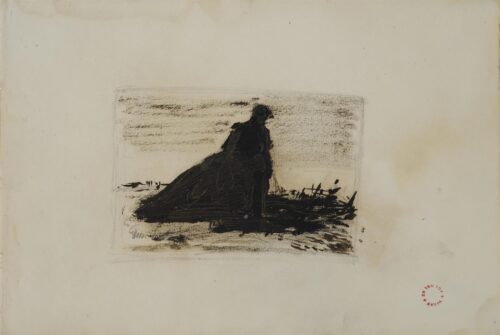
Study for the Painting “Antigone in front of the Dead Polyneikes”
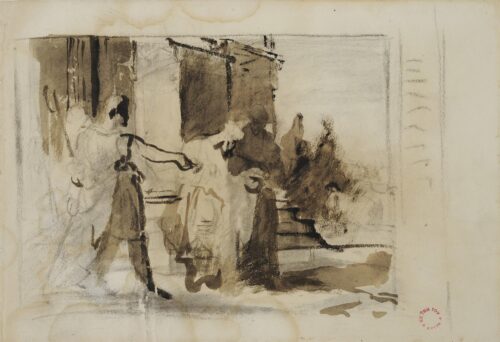
The Decapitation of St John
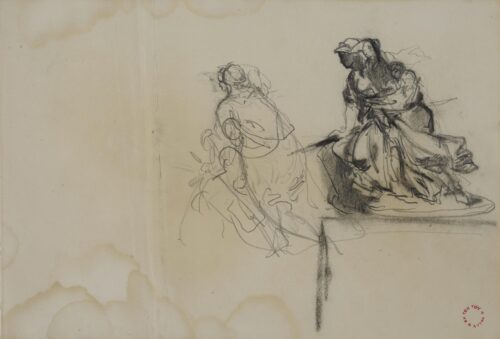
Preliminary Draft for the Painting “Eleni Ananeonymphos” (An Episode from the Greek Revolution), before 1901
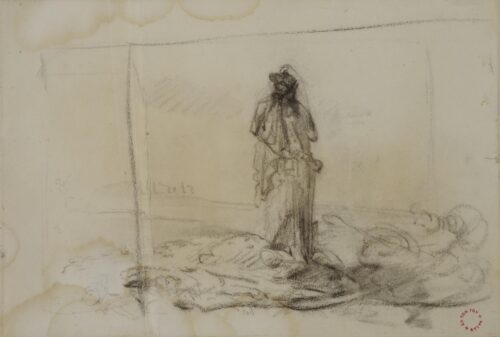
Study for the Painting “Antigone in front of the Dead Polyneikes”, 1865
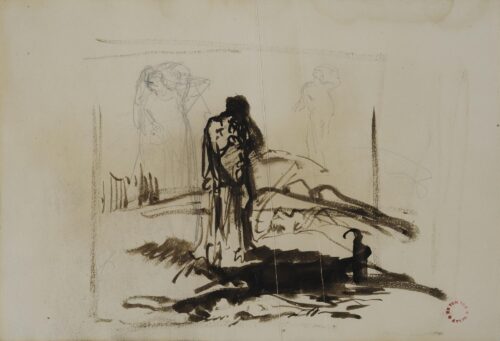
Study for the Painting “Antigone in front of the Dead Polyneikes”, 1865
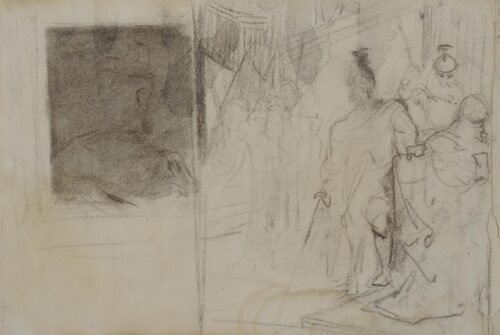
The Decapitation of St John
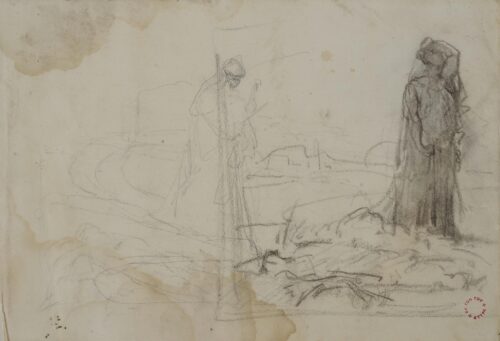
Study for the Painting “Antigone in front of the Dead Polyneikes”, 1865
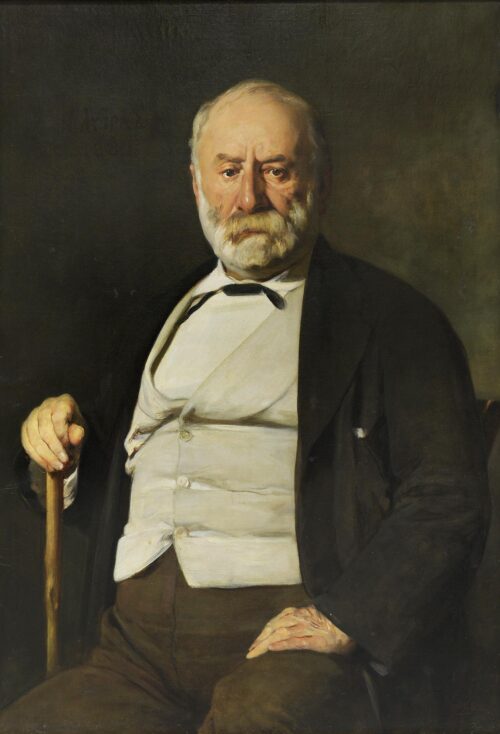
Professor Fintiklis, 1889
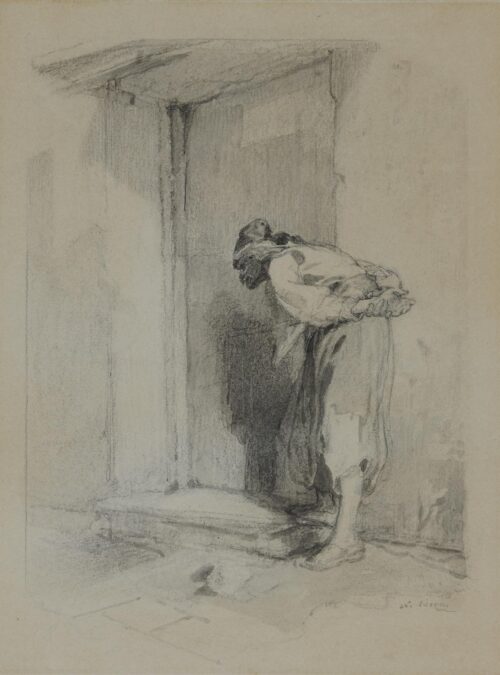
Old-Thanassis Eavesdropping at the Leper’s Door, before 1897
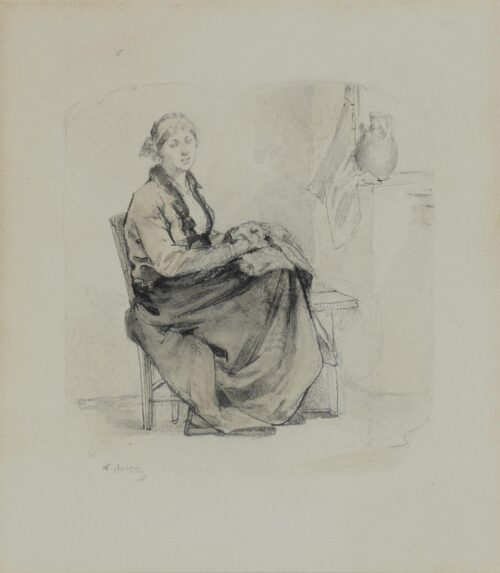
Father-Narkissos’s Wife with her Handiwork Sitting by the Fireplace, before 1897
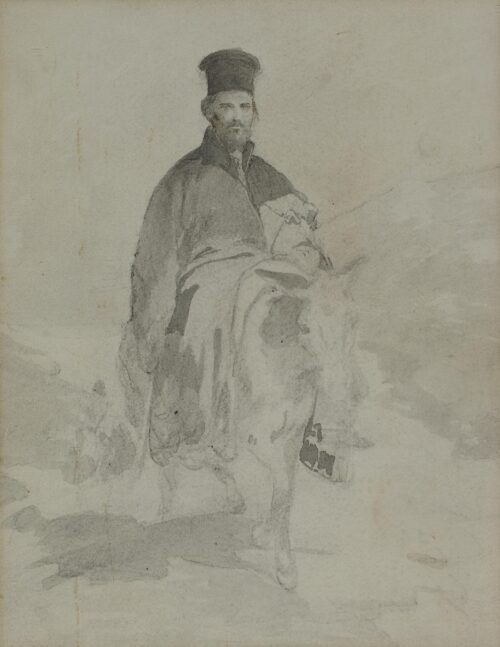
Father-Narkissos on the Way to the Dying Leper, before 1897
Portrait of Georgios Proveleggios, 1867
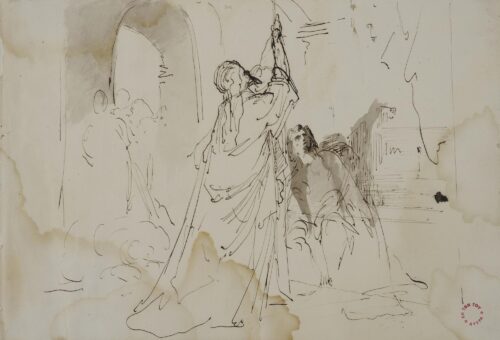
The Decapitation of St John
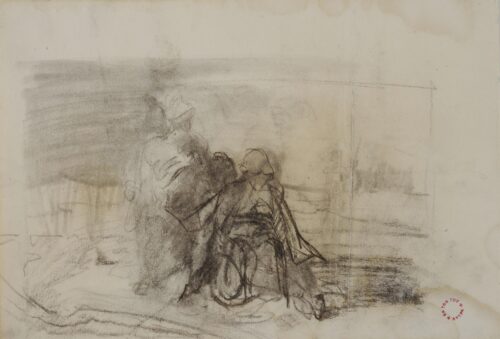
The Decapitation of St John
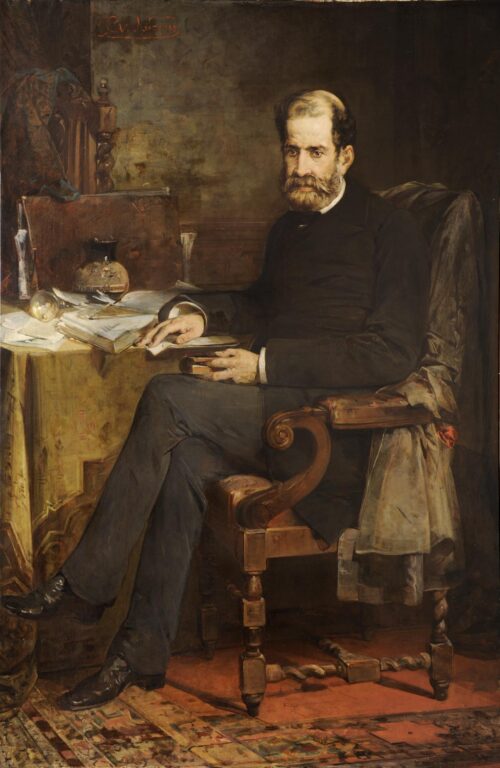
Lysandros Kaftantzoglou, ca 1886
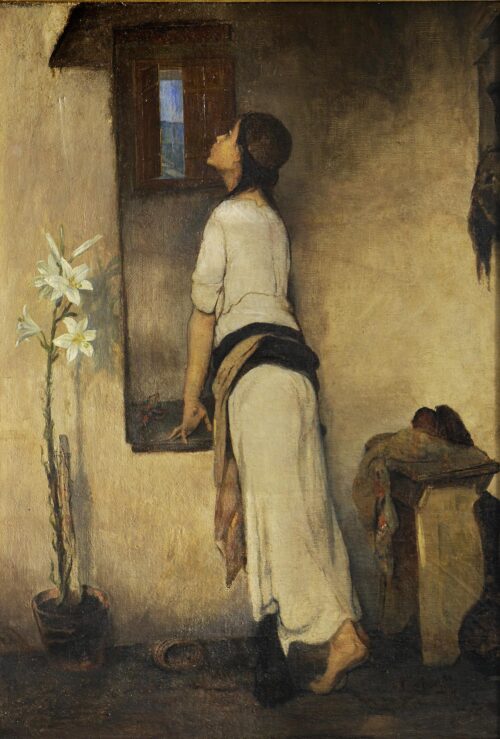
Awaiting, ca 1895 - 1900
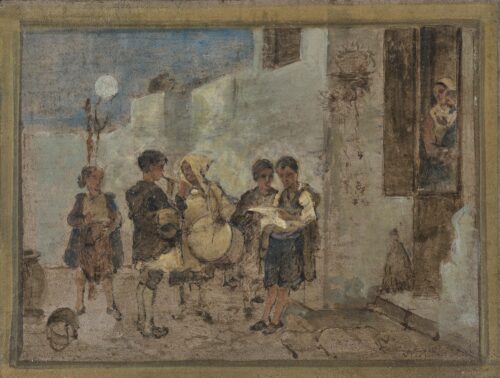
Study for “Carols”
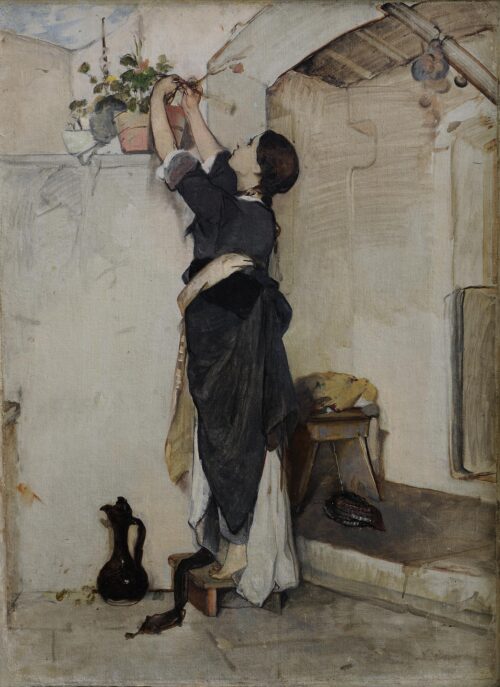
Cutting a Carnation, ca 1904
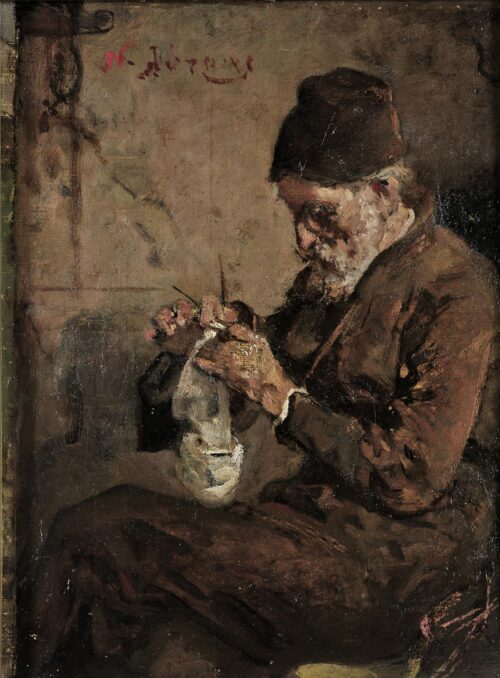
Monk, ca 1900-1904
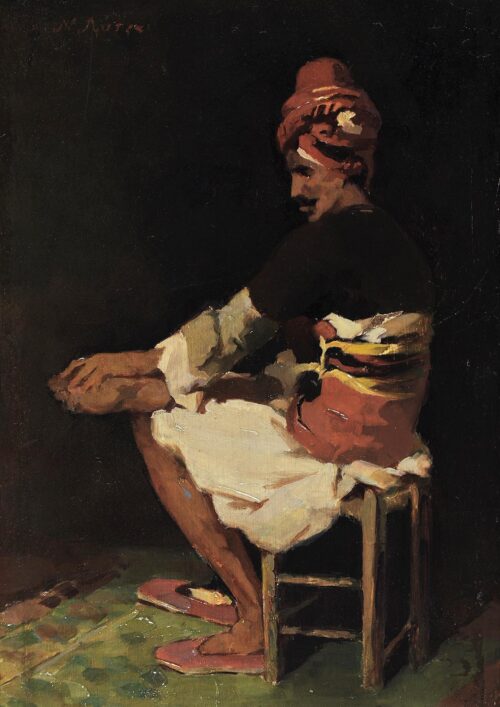
Zeibek, after 1873
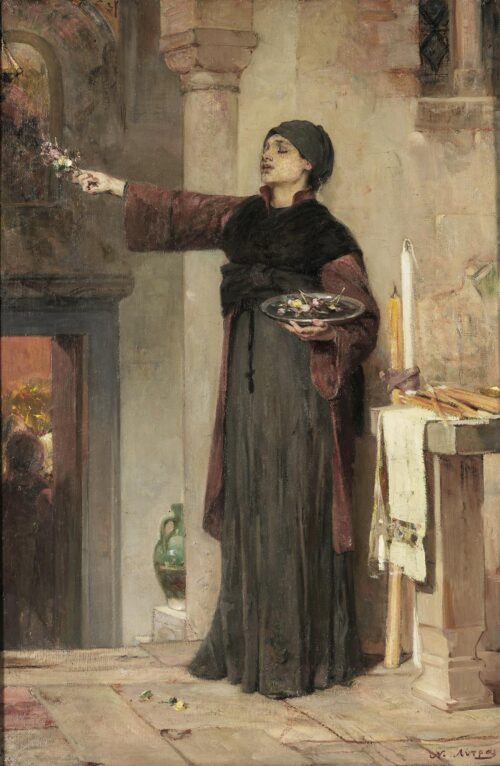
Funeral Flowers, 1901
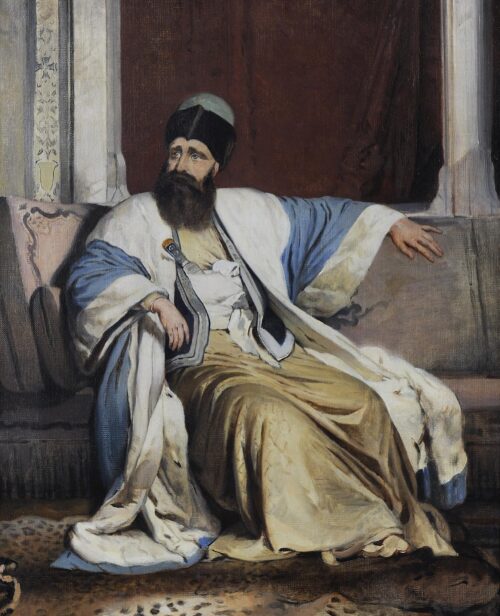
Michael Vodas Soutzos, ca 1890
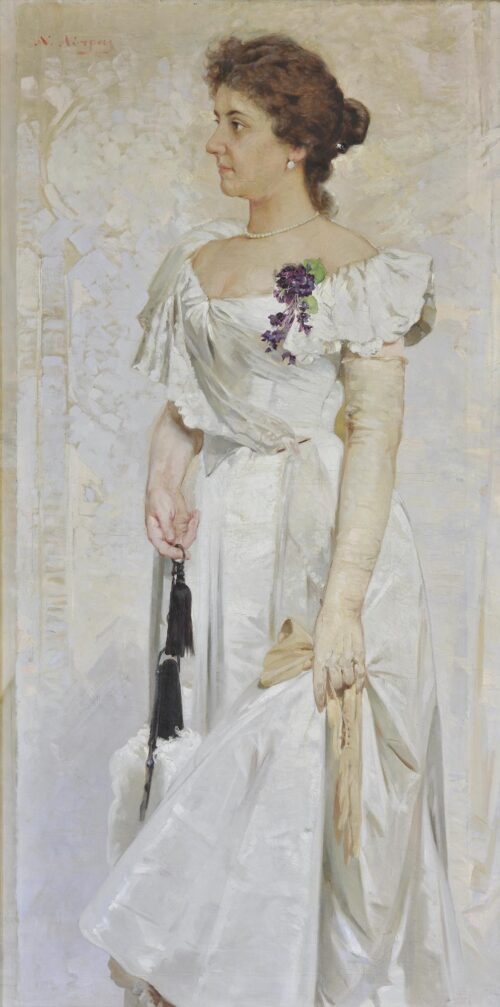
Portrait of Marianthi L. Charilaou, ca 1895 - 1900

We use cookies to make our site work properly, to personalize content and ads, to provide social media features and to analyze our traffic. We also share information about how you use our site with our social media, advertising and analytics partners. Read the Cookies Policy.
These cookies are necessary for the website to function and cannot be switched off in our systems. They are usually only set in response to actions made by you which amount to a request for services, such as setting your privacy preferences, logging in or filling in forms. You can set your browser to block or alert you about these cookies, but some parts of the site will not then work. These cookies do not store any personally identifiable information.
If you disable this cookie, we will not be able to save your preferences. This means that every time you visit this website you will need to enable or disable cookies again.
These cookies tell us about how you use the site and they help us to make it better. For example these cookies count the number of visitors to our website and see how visitors move around when they are using it. This helps us to improve the way our site works, for example, by ensuring that users find what they are looking for easily. Our website uses Google Analytics for statistics reporting.
Please enable Strictly Necessary Cookies first so that we can save your preferences!